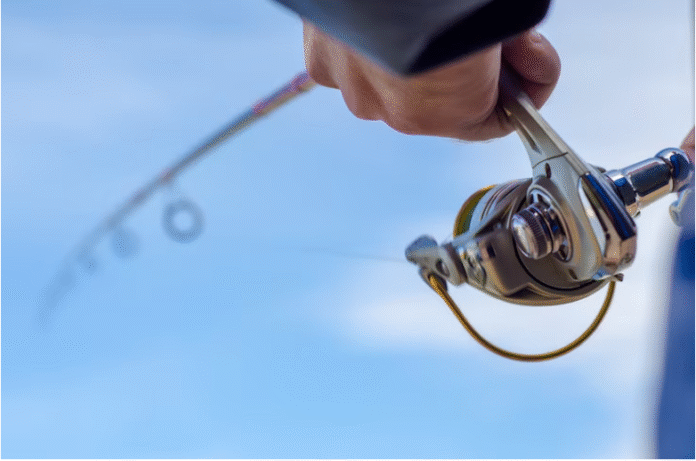Fishing, in its myriad forms, continually evolves, offering anglers new techniques to entice elusive catches. Among the most innovative and effective approaches to emerge in recent years is jig slow pitch fishing.
Originating from Japan, this technique is a deliberate, methodical style of vertical jigging designed to mimic injured or dying baitfish, triggering predatory instincts in even the most finicky of game fish.
Far from the aggressive, fast-paced jigging styles, slow pitch offers a subtle dance in the water column that can be incredibly rewarding.
For anglers looking to broaden their horizons and increase their catch rates, understanding the benefits of this nuanced method is key.
Triggers a Wide Range of Species
One of the most remarkable benefits of jig slow pitch is its incredible versatility in attracting diverse marine species. Unlike conventional jigging, which might appeal primarily to fast-moving pelagics, slow pitch jigs, with their fluttering, erratic fall, mimic baitfish in distress.
This tantalizing action makes them irresistible not just to tuna, amberjack, and snapper, but also to often finicky bottom dwellers like grouper, kingfish, and even some reef species.
Anglers often report catching a much wider variety of fish on a single trip compared to other methods, making every outing an exciting surprise.
Highly Effective for Finicky Fish
When fish are reluctant to bite or are under heavy fishing pressure, traditional fast-retrieve methods often fail. This is where the subtle allure of jig slow pitch truly shines.
The deliberate, often tantalizingly slow movements and fluttering descent of the jig provide ample opportunity for hesitant fish to inspect and commit to the strike.
The technique allows the angler to keep the lure in the strike zone for longer periods with minimal effort, presenting an easy meal to otherwise uninterested predators. This effectiveness on finicky fish makes it a go-to technique in challenging conditions.
Reduced Physical Exertion
Compared to traditional high-speed jigging, which can be physically demanding and tiring, jig slow pitch is significantly less strenuous. The technique relies more on rod action and the jig’s design to create the lure’s movement, rather than brute force and rapid winding.
Anglers use specialized parabolic rods that do most of the work, transferring subtle movements from the angler’s hand into the jig’s action.
This reduced physical exertion means anglers can fish for longer periods without fatigue, making it an excellent option for extended trips or for those who prefer a less demanding style of fishing.
Precise Depth and Structure Targeting
The methodical nature of slow pitch jigging allows for incredibly precise targeting of fish holding to specific depths or structures.
Anglers can count jig drops, monitor their sonar closely, and meticulously work specific layers of the water column or contours of the seafloor. This precision is invaluable when fish are suspended at a particular depth or hugging intricate reef structures.
The ability to control the jig’s descent and movement with such accuracy dramatically increases the chances of presenting the lure directly to the fish.

